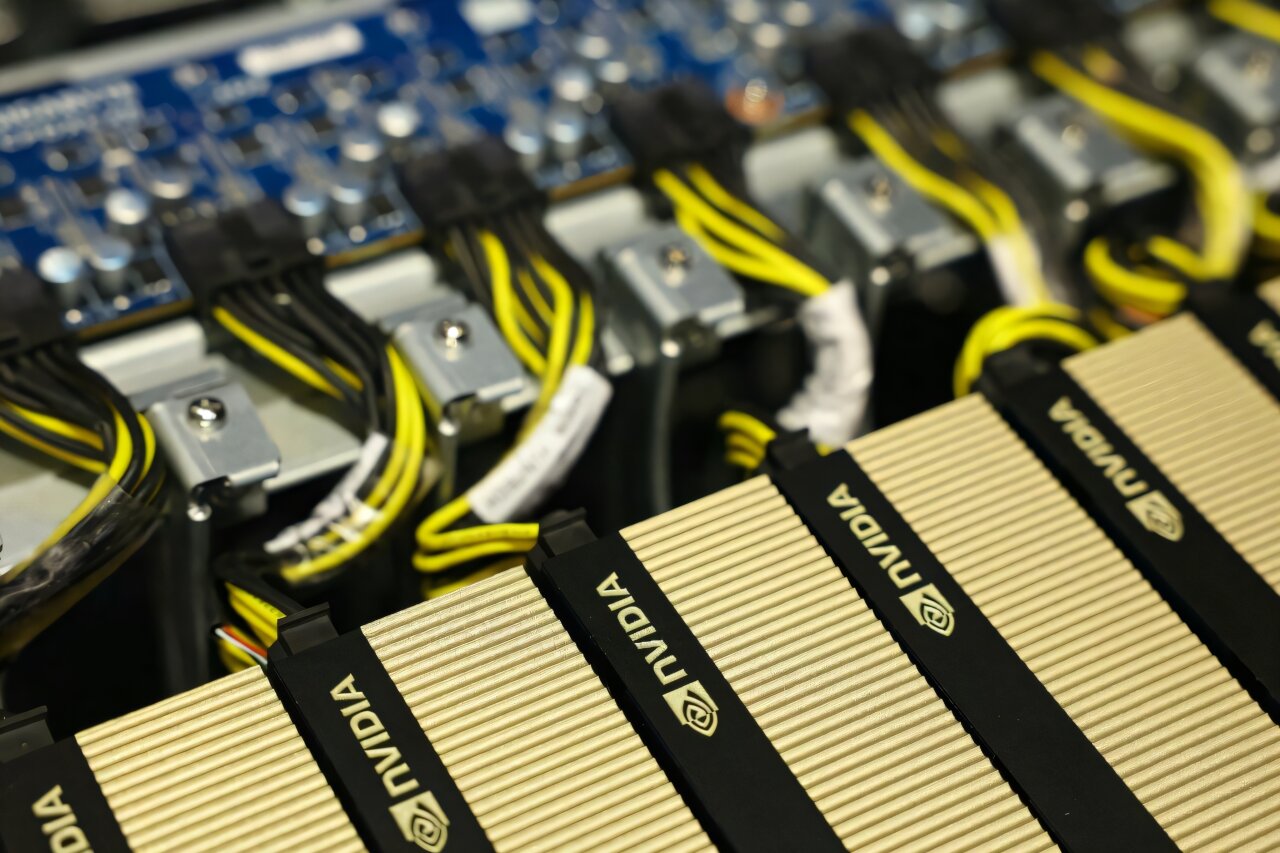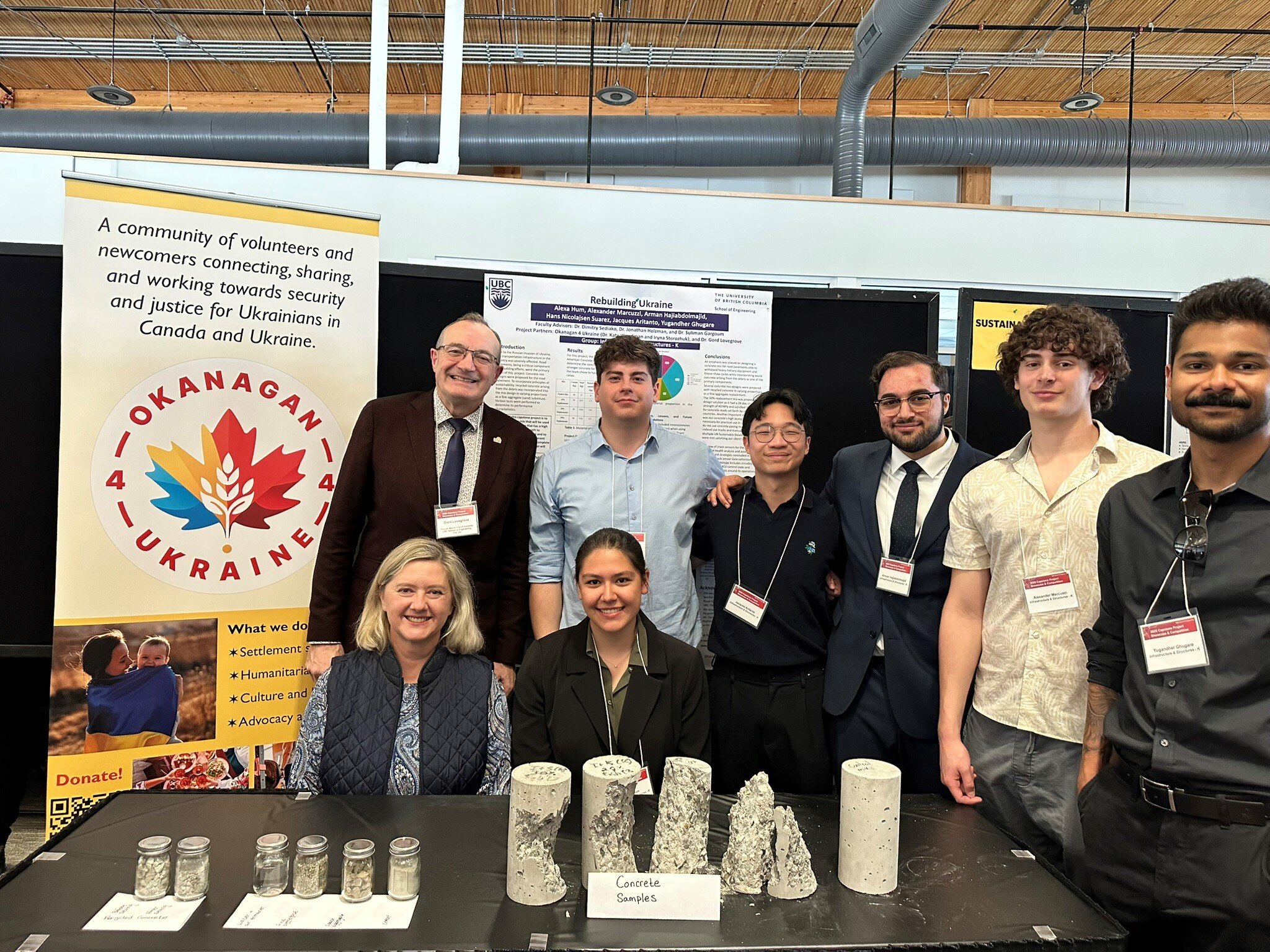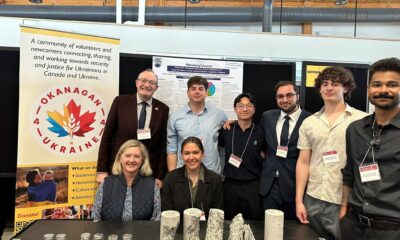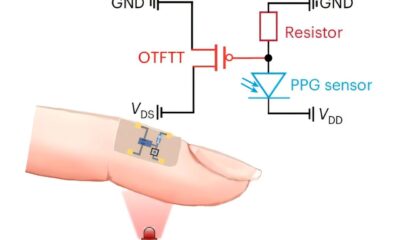Tech
Europe’s fastest supercomputer to boost AI drive

Europe’s fastest supercomputer Jupiter is set to be inaugurated Friday in Germany with its operators hoping it can help the continent in everything from climate research to catching up in the artificial intelligence race.
Here is all you need to know about the system, which boasts the power of around one million smartphones.
What is the Jupiter supercomputer?
Based at Juelich Supercomputing Center in western Germany, it is Europe’s first “exascale” supercomputer—meaning it will be able to perform at least one quintillion (or one billion billion) calculations per second.
The United States already has three such computers, all operated by the Department of Energy.
Jupiter is housed in a center covering some 3,600 meters (38,000 square feet)—about half the size of a football pitch—containing racks of processors, and packed with about 24,000 Nvidia chips, which are favored by the AI industry.
Half the 500 million euros ($580 million) to develop and run the system over the next few years comes from the European Union and the rest from Germany.
Its vast computing power can be accessed by researchers across numerous fields as well as companies for purposes such as training AI models.
“Jupiter is a leap forward in the performance of computing in Europe,” Thomas Lippert, head of the Juelich center, told AFP, adding that it was 20 times more powerful than any other computer in Germany.
How can it help Europe in the AI race?
Lippert said Jupiter is the first supercomputer that could be considered internationally competitive for training AI models in Europe, which has lagged behind the US and China in the sector.
According to a Stanford University report released earlier this year, US-based institutions produced 40 “notable” AI models—meaning those regarded as particularly influential—in 2024, compared to 15 for China and just three for Europe.
“It is the biggest artificial intelligence machine in Europe,” Emmanuel Le Roux, head of advanced computing at Eviden, a subsidiary of French tech giant Atos, told AFP.
A consortium consisting of Eviden and German group ParTec built Jupiter.
Jose Maria Cela, senior researcher at the Barcelona Supercomputing Center, said the new system was “very significant” for efforts to train AI models in Europe.
“The larger the computer, the better the model that you develop with artificial intelligence,” he told AFP.
Large language models (LLMs) are trained on vast amounts of text and used in generative AI chatbots such as OpenAI’s ChatGPT and Google’s Gemini.
Nevertheless with Jupiter packed full of Nvidia chips, it is still heavily reliant on US tech.
The dominance of the US tech sector has become a source of growing concern as US-Europe relations have soured.
What else can the computer be used for?
Jupiter has a wide range of other potential uses beyond training AI models.
Researchers want to use it to create more detailed, long-term climate forecasts that they hope can more accurately predict the likelihood of extreme weather events such as heat waves.
Le Roux said that current models can simulate climate change over the next decade.
“With Jupiter, scientists believe they will be able to forecast up to at least 30 years, and in some models, perhaps even up to 100 years,” he added.
Others hope to simulate processes in the brain more realistically, research that could be useful in areas such as developing drugs to combat diseases like Alzheimer’s.
It can also be used for research related to the energy transition, for instance by simulating air flows around wind turbines to optimize their design.
Does Jupiter consume a lot of energy?
Yes, Jupiter will require on average around 11 megawatts of power, according to estimates—equivalent to the energy used to power thousands of homes or a small industrial plant.
But its operators insist that Jupiter is the most energy-efficient among the fastest computer systems in the world.
It uses the latest, most energy-efficient hardware, has water-cooling systems and the waste heat that it generates will be used to heat nearby buildings, according to the Juelich center.
© 2025 AFP
Citation:
Europe’s fastest supercomputer to boost AI drive (2025, September 5)
retrieved 5 September 2025
from https://techxplore.com/news/2025-09-europe-fastest-supercomputer-boost-ai.html
This document is subject to copyright. Apart from any fair dealing for the purpose of private study or research, no
part may be reproduced without the written permission. The content is provided for information purposes only.
Tech
Tinder Launches Mandatory Facial Verification to Weed Out Bots and Scammers

On Wednesday, Tinder announced that it is rolling out a mandatory facial verification tool for new users in the US to help combat the spread of fake profiles and weed out “bad actors.”
Tinder claims its mandatory facial integration feature, called Face Check, is a first for a major dating app. During the sign-up process, new members complete a “liveness check” by taking a short video selfie within the app. The procedure collects and stores an encrypted map of information about the shape of the user’s face. “We don’t store a picture of your face, it’s not photo recognition, it’s data points about the shape of your face that are turned into a mathematical hash,” says Yoel Roth, head of Trust and Safety for Match Group, which owns Tinder. Tinder then uses that “hash” to check whether a new sign-up matches an account that already exists on Tinder.
Face Check is currently available to users in California, which will be followed by Texas and other states.
In a news release, Roth said the measure “sets a new benchmark for trust and safety across the dating industry” and “it helps tackle one of the hardest problems online, knowing whether someone is real … while adding meaningful obstacles that are difficult for bad actors to circumvent.”
The company defines “bad actors” as accounts that engage in deceptive behavior, including spamming, scamming, and bots. Currently 98 percent of the content moderation actions on Tinder address fake accounts, scamming, and spam. “There is a significant volume of the overall trust and safety work we do on Tinder that is focused on this challenge.”
Roth says it is a “meaningful improvement in our ability to address scaled abuse. You can get new phone numbers, new email addresses, new devices, you can’t really get a new face.”
The company is aware that asking new members to scan their faces might be seen as a privacy issue, but “theoretically, if somebody were to get access to every single one of these hashes that’s been created, there isn’t really anything they could do.”
The app’s previous verification methods were voluntary. Members, depending on their jurisdiction, could opt to verify their profiles through a selfie or ID process. Other dating apps like Bumble also use facial recognition software to let daters verify their authenticity, but on a voluntary basis.
When asked what the app plans to do about the fake profiles that already exist, given Face Check applies only to new users, Roth says the tech is most effective in curbing “the biggest issue that we’re concerned with, which is the bulk creation of new accounts.”
Tech
Student engineers test rubble from destroyed buildings to help rebuild Ukraine

A team of UBC Okanagan students has shown that recycling rubble from destroyed buildings can help Ukraine rebuild its roads when the war eventually ends.
As part of their year-end capstone project, six School of Engineering students worked on an initiative called “Rebuilding Ukraine.” They partnered with Dr. Kate Woodman and Iryna Storozhuk, the founding members of Okanagan 4 Ukraine, and four Ukrainian engineers to test the idea of using rubble from destroyed buildings to rebuild roads.
Dr. Woodman reached out to numerous Canadian universities and organizations—including the Canada-Ukraine Chamber of Commerce, the Canadian Embassy in Ukraine, the Canadian Ukrainian Foundation and Engineers without Borders—to find groups willing to help the country.
“Of the more than 25 engineering faculties I wrote to, many said this was a new idea—finding ways to support a country during an active war,” says Dr. Woodman. “I’m glad the UBCO team took it on. This project shows how Canadian universities can contribute to humanitarian engineering and post-conflict resilience while giving students valuable international experience.”
The six students—Alexa Hum, Alexander Marcuzzi, Arman Hajiabdolmajid, Hans Nicolajsen Suarez, Jacques Aritanto and Yugandher Ghugare—worked with faculty advisors Drs. Dimitry Sediako, Jonathan Holzman, Suliman Gargoum and Gordon Lovegrove. They explored using the ruins of buildings to create the right type of concrete strong enough to rebuild the road network.
Arman Hajiabdolmajid, who is finishing his studies at UBCO this year, explains that the team designed a strong, reliable concrete mix that can be used as a solid and reliable road surface to rebuild the country’s existing but heavily damaged transportation infrastructure.
“Due to the ongoing war, there are large amounts of waste material in the form of rubble and debris, and if not put to use, will end up in landfills and eventually overwhelm the country’s waste system,” says Hajiabdolmajid. “By recycling the concrete rubble as a replacement for aggregate, a major component in concrete, we can put this rubble to good use rather than discarding it.”
He adds that recycling rubble also helps reduce the need to extract the traditional fine and coarse aggregate from riverbeds and quarries, as the recycled concrete proves to be a suitable substitution.
“As rebuilding begins, demand for materials will increase, potentially depleting local reserves. This could lead to costly imports as substitutes,” he adds. “And the country’s waste system is not designed to process the amount of waste material produced from this war.”
A typical concrete mix consists of cement, fine aggregate or sand, gravel or coarse aggregate, water and additives that enhance the final product. To reuse rubble from Ukraine, the debris must be crushed into fine sand. This involves gathering and transporting the damaged concrete to a processing site where materials like metal, plastic, glass and wood are removed and disposed of properly.
In the UBCO lab, the students gathered concrete waste from past experiments to create a solution that included the highest volume of recycled fine aggregate while still meeting strength requirements. They used compression testing to monitor the concrete’s strength after seven, 14 and 28 days.
Although concrete roads are not common in Ukraine, the team chose concrete over asphalt because it has a longer lifespan. Reusing rubble also supports some United Nations Sustainable Development Goals and makes the mix more environmentally friendly. The students created a sustainable, high-performance concrete using 30% recycled aggregate. It passed lab testing at UBCO and exceeded benchmarks required for European road infrastructure. To complete the project, they also created a prototype sensor to detect internal concrete cracks or instability.
Dr. Jonathan Holzman, an electrical engineering professor, says this innovative approach helps solve resource scarcity and sustainability problems.
“Our capstone projects give students hands-on, real-world experiences before they even graduate. Working with the Okanagan 4 Ukraine team and engineers in Ukraine gave these students the opportunity to make a difference in a country that will—hopefully, one day soon—begin the path to reconstruction.”
Citation:
Student engineers test rubble from destroyed buildings to help rebuild Ukraine (2025, October 22)
retrieved 22 October 2025
from https://techxplore.com/news/2025-10-student-rubble-destroyed-rebuild-ukraine.html
This document is subject to copyright. Apart from any fair dealing for the purpose of private study or research, no
part may be reproduced without the written permission. The content is provided for information purposes only.
Tech
Sorry, Your Friend Is Now an Annoying Rock Jock. Here’s What to Get Them

Here’s what to get for your friend with the fiddly little fingers and stinky feet.
Source link
-

 Tech6 days ago
Tech6 days agoWhy the F5 Hack Created an ‘Imminent Threat’ for Thousands of Networks
-

 Tech1 week ago
Tech1 week agoWhat Is Google One, and Should You Subscribe?
-

 Tech3 days ago
Tech3 days agoHow to Protect Yourself Against Getting Locked Out of Your Cloud Accounts
-

 Fashion1 week ago
Fashion1 week agoItaly to apply extra levy on Chinese goods to safeguard its own fashion industry
-

 Business1 week ago
Business1 week agoBaroness Mone-linked PPE firm misses deadline to pay £122m
-

 Sports1 week ago
Sports1 week agoBrewers player ripped for avoiding hit-by-pitch that would have tied game: ‘All he had to do was stand there’
-

 Fashion1 week ago
Fashion1 week agoSelf-Portrait unveils high-profile Apple Martin campaign
-

 Tech1 week ago
Tech1 week agoYou Can Get 4 Apple Airtags for $65 Right Now


















